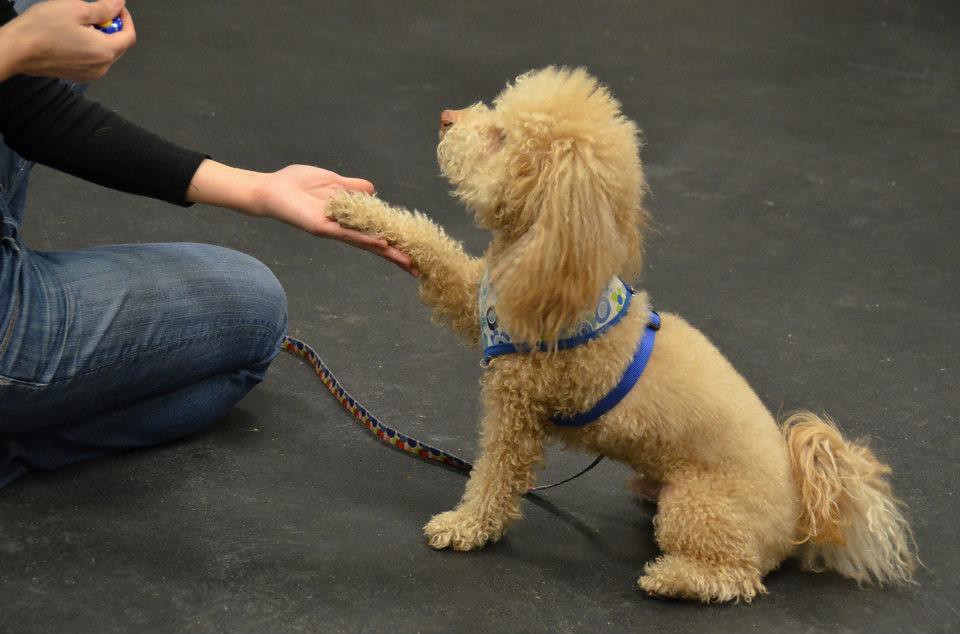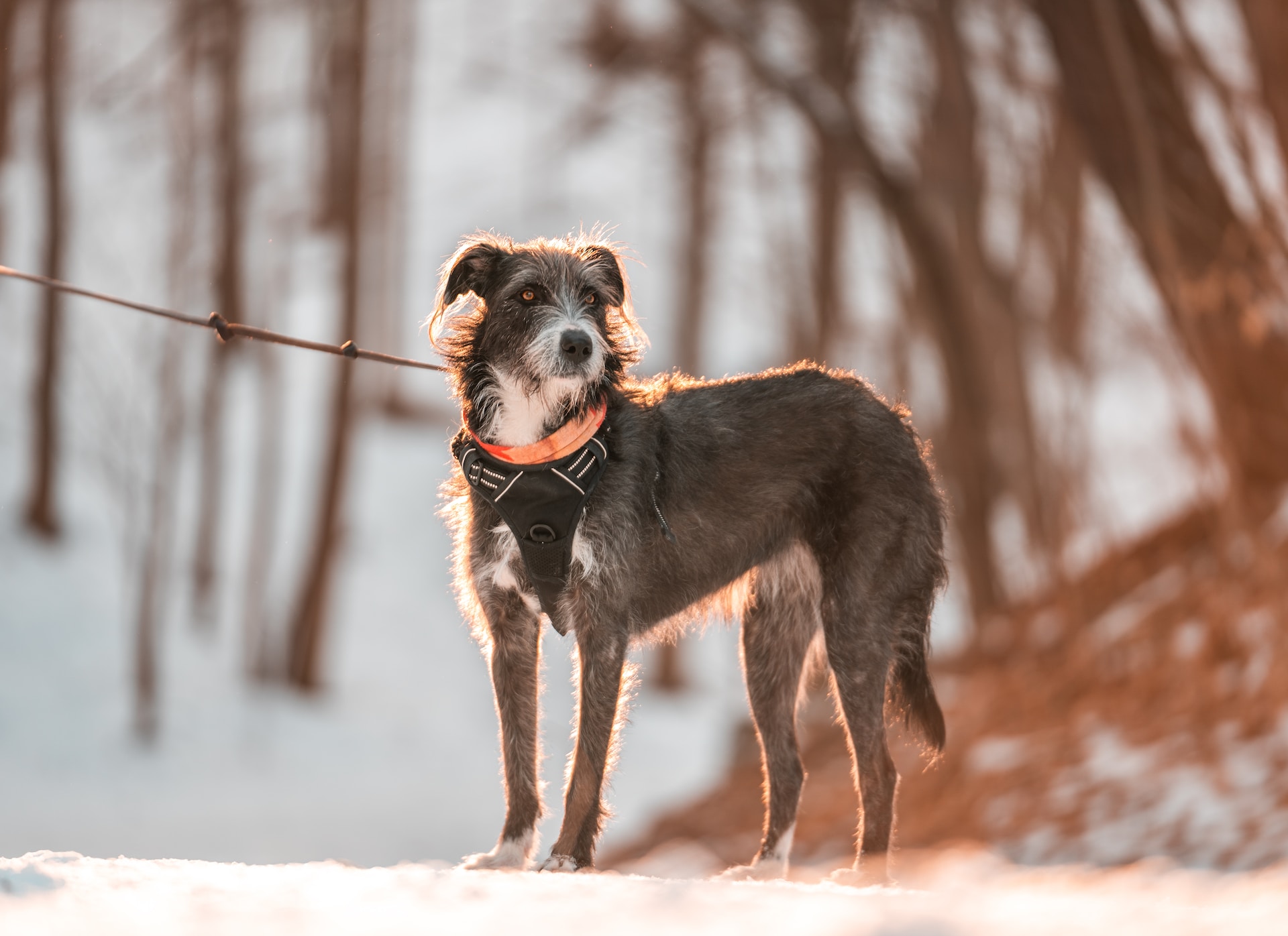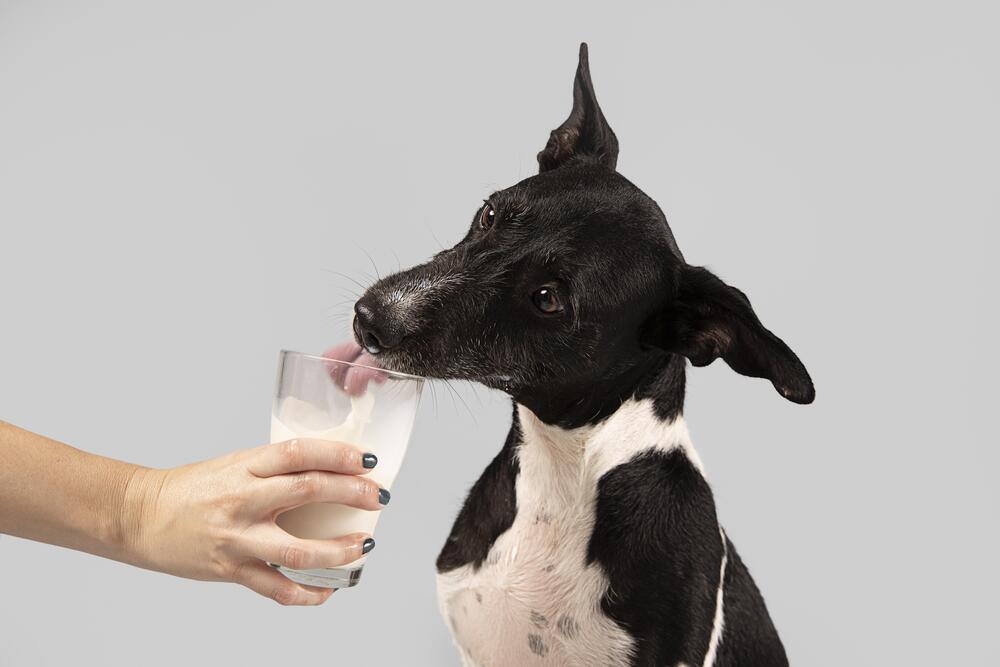
Getting a new puppy is a really exciting experience. Your paw friend will become your new family member and he/she will need to learn how to behave at home as well as outdoors among other people and animals. It is every owner’s responsibility to teach their furry friends to socialize properly. In order to achieve this goal, owners need to train their puppies in obedience and social skills at a young age.
In this article, we will let know what puppy obedience training is, why it is so important, and how to conduct it properly.
What Is Puppy Obedience Training?
Obedience training includes all the necessary skills that a puppy needs to possess and all the tasks that he/she should be able to perform, to conduct proper interaction with people and other animals at home as well as outdoor. Moreover, obedience training focuses on eliminating all behavioral issues at a young age, before they become problems in the dog’s behavior at an adult age. Puppy obedience training begins with commands that are easy to perform and you can gradually move to training the pup advanced skills. Conducting obedience training while your dog is still young will affect positively his/her behavior in the future and will turn him/her into a confident and well-behaved adult dog.
Before you start puppy obedience training you need to choose where to conduct it:
Home Training or Puppy Training Classes
Both options have their advantages and disadvantages. If you choose to home train your dog or you actually do not have any other options due to the area you live in or due to financial issues, you may benefit for a few reasons:
-
You will conduct the training from the comfort of your own home;
-
You or the trainer who will visit you at home can choose the pace of the training. If your dog learns some tasks quicker or slower than others you will be able to adjust the pace;
-
You can focus on the tasks that will actually help you in your daily life ignoring the ones that will be only a waste of time;
-
There will not be distractions for your dog like other dogs attending the puppy training classes and your canine is likely to focus on you more.
If you choose to attend puppy obedience training classes, you may benefit from:
-
Training conducted by a professional trainer;
-
Your canine is likely to train to focus regardless of the surroundings and presence of other people or animals. Your furry friend will need to behave properly in the presence of the dogs and ignore them in order to fulfill the given tasks;
-
You will be able to supervise how professional training will be conducted in a facility with all training supplies needed.
However, you will not be able to set your own pace and some tasks may be too difficult or too easy for your canine. When attending group classes, you will also have to consider the needs and the pace of the other teams.
If you decide to stick to the second option and attend obedience training classes with your pup, you may wonder which classes would be the best option for you and how to choose them properly.
Training Classes
After you make detailed research you will find many training schools offering puppy obedience classes. If you are not sure which class would be most suitable for your pup, the trainers in the particular school will guide you in the right direction.
The American Kennel Club (AKC) offers the so-called S.T.A.R. Puppy program, which gives you the opportunity to enroll your pup for a minimum of 6 weeks of training. At the end of the training program an instructor will operate the final test and your pup will receive a Puppy Medal. After passing this course, you can keep going and enroll your pup in more advanced obedience training classes like the Canine Good Citizen, the Community Canine, and the Urban Canine Good Citizen. There are also classes, related to sports that your pup can participate in after it finishes the basic obedience training class. Such types of classes are Trick Dog, Flyball, Fit Dog...etc.
How to Choose a Training School and a Trainer
If you are wondering which training school and trainer to choose, we would recommend that you first attend classes as an observer only. You will be able to evaluate the facility supplies and take a closer look at the trainer and the training approaches they apply. If trained dogs look relaxed, calm and motivated due to the use of positive reinforcement methods, this might be the right place and the right instructor for you and your pup. Conducting a training session through encouragement in a relaxed manner that brings joy to all sides participating in the course, is a good sign for the reliability of the school. You may want to take notes and summarize your impressions.
You can monitor the behavior of the other dogs and trust your guts as well. If you feel comfortable in the surroundings, it may be a sign that you have found the right place for you and your pup.
Since we want to let you know more about obedience training, we need to mention that there is a difference between the terms “trainer” and “behaviorist”.
Behaviorist and Trainer - Is There a Difference?
Behaviorists are engaged in the process of understanding the dog’s behavior. This may be related to the dog’s health, traumas or individual features. It is important to note, that behaviorists may interact with the dog or may monitor him/her only without involvement. It depends on the certain situation. The most essential part of the work of a behaviorist is the ability to evaluate the origin of certain behavior. In other words- trainers handle a certain behavior after it already has occurred (its symptoms and the way it manifests) while behaviorists deal with the origin of this behavior. Behaviorists can be trainers, but this is not mandatory.
Behavioral Issues You May Notice in Your Puppy
We would like to point out some behavioral issues that you need to pay attention to especially if you conduct self-training at home.
One of the most common issues many puppies owners deal with is the constant whining and/or barking of their pup.
You should never reward and praise these kinds of behavior unless it is a part of a task they perform. This can be valid for the barking as an action in cases when the handler should be notified about a danger or an oncoming event. Once you start paying attention to your pup, comforting him/her, and providing him/her with treats, he/she will keep repeating this behavior. You will have more difficulties correcting the bad behavior in the future, instead of training the right one at a young age. You need to ignore your dog when he/she wines, and reward him/her when he/she behaves properly.
If your pup shows early signs of aggression, like:
growling, adverting gaze, raised fur, quick wagging tail or the opposite- cowering and tucked tail, your canine is likely to develop aggressive behavior as an adult dog.
If this is the case you need to figure out the origin of the aggression yourself or using the help of a behaviorist and take proper actions.
Some reasons for aggressive behavior may be:
territorial instincts, anxiety, fear, improper socialization, pain, frustration...etc.
Knowing the reason for the aggression will be crucial for you to deal with it properly, i.e. if your dog is afraid of a certain place or people, you may need to introduce these to him/her gradually and reward him/her with a lot of treats every time when you expose him/her to these factors. Step by the step he/she may overcome the fear and develop a positive attitude.
If your canine may show aggression towards your family member or a friend. Dogs become aggressive when they want to protect a valuable resource. Considering this, your canine may be guarding you as such a resource and may not tolerate the presence of your family members or friends around you. Furthermore, some people in your inner circle may remind your pup of a negative experience he/she had in the past. In this case your family members may try developing a bond with your dog when holding his/her food bowl, giving him/her treats, or walking him/her from time to time. This will help your pup socialize easier and not think of your relatives and friends as a threat.
If there is not enough space for your canine to spend his/her excessive amount of energy or you do not have enough time to walk him/her, he/she may become aggressive. This is especially valid for dogs, being on a leash or held in a fenced yard. If they get overstimulated and can not spend their energy in a proper way, they are likely to become aggressive.
A common type of aggression is the one showed between two male dogs when they want to get the attention of a female dog. In this case, veterinarians and trainers would recommend that the dog has been neutered.
There are many reasons that can cause aggression in your dog at a young age. You need to supervise the behavior of your pup, reward him/her every time he/she behaves properly, and ensure that he/she spends his/her energy in a proper manner.
What to Consider During the Training Process
Short Sessions
Since your dog is at a young age, you need to keep the training sessions really short, as your pup might be unable to focus on one task for a long time. Moreover, you may need to wait for your puppy to master one task, before you move to the next one.
Consistency and Patience
Once you or your trainer have created a training plan, you need to stick to it. Even when your pup does not show immediate progress, remember that all the small steps count. Sometimes they are even more important for the training to succeed compared to a few big steps, accidentally achieved.
Stay calm
Do not yell at your pup when he/she does not perform a task at the first attempt. Dogs go through a training process at a different pace and you need to keep that in mind. Avoid any verbal or physical aggression and always encourage the proper behavior.
Rewards and Praising
Treats and toys are tools crucial for every training to succeed. Of course, you need to use the reasonable and not over-feed your dog.
Practice
Practice is the key to the success of any initiative you take. Remember to practice the training sessions in different environments, starting in calmer and distraction-free surroundings at your home and gradually continuing outside, where distractions will be added.
Socialization
The socialization with people and other animals is the main reason why owners decide to conduct obedience training themselves or use the help of a trainer. The ability of your dog to interact in a proper and calm manner with other living beings will make him/her confident and relaxed. You will be calm and confident as well, while in public or when you invite guests at home. Hence, socialization is one of the important topics that need to be covered both during home-conducted training and on-site training.
Handling and Grooming
If you decide to attend obedience classes with your furry friend you are likely to learn about grooming and handling as well. If you start practicing handling and grooming while your canine is still a pup, you will make the veterinarian and groomer visits more pleasant and less stressful in the future.
Never forget to supervise your pup’s behavior in order to determine and correct behavioral issues while in the bud. Make sure that your pup grows up in a calm and loving environment and eats healthy food. The more care you take of him/her the stronger your bond will be.










